Book Review: SHADOW - The Magnificent Machines of a Man of Mystery
Published on Sat, Dec 5, 2020
By: Doug Stokes
This flawless story details the shadowy rise of Don Nichols, a World War II vet who pioneered the Shadow - a car that heavily influenced Can Am and Formula One in the 1970s.
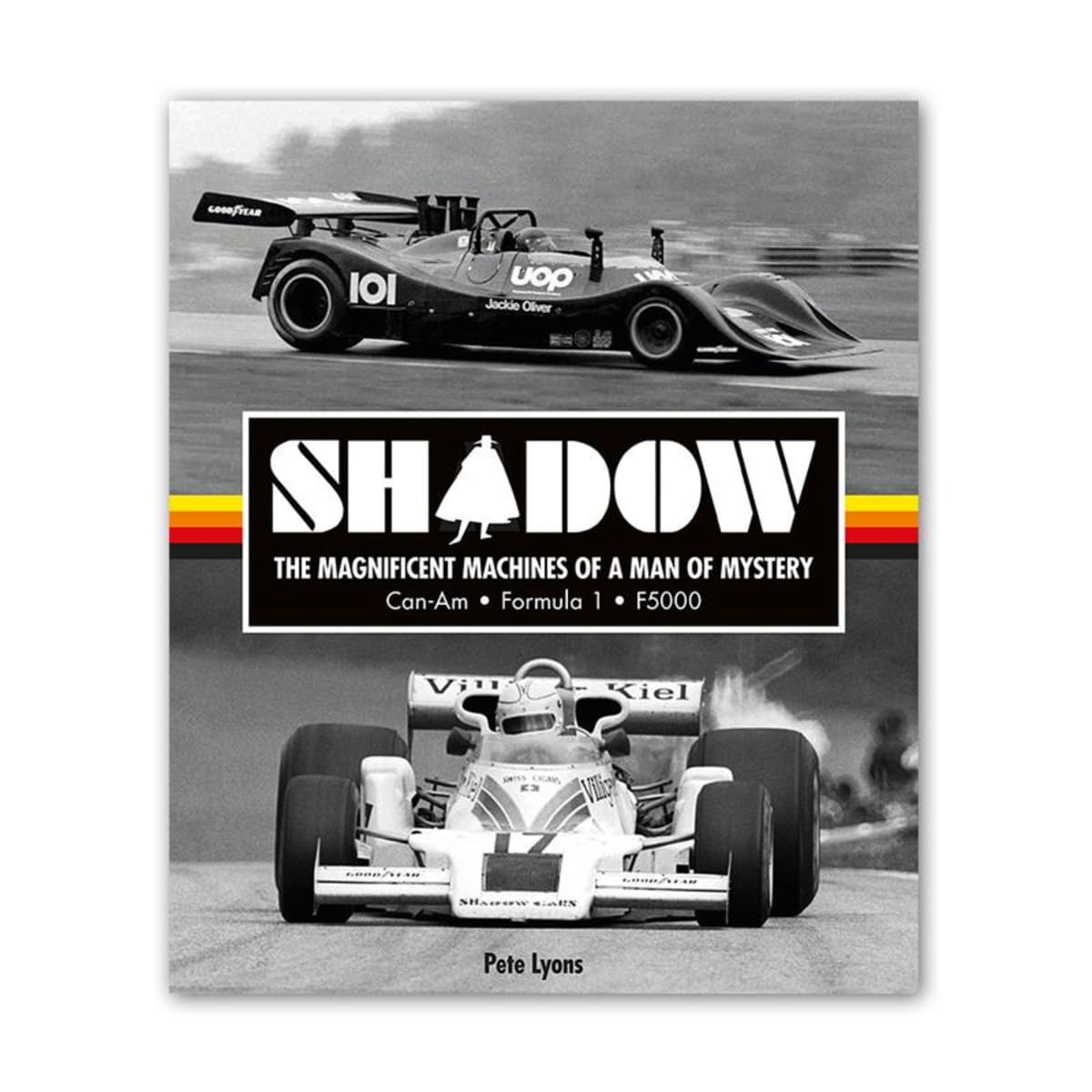
By Pete Lyons
EVRO Publishing
ISBN: 976-1-910505-49-6
464 pages / 140,000 words / 600 illustrations
USD: $99.00 available from: www.petelyons.com
___________________________________________________
For a decade (at least!) now Pete Lyons has been known as: “Award-Winning Author/Photographer” and that title is well and fully-earned once again* with this book.
But now I feel that I should offer one more honor for this much-revered writer:
“Super-sleuth”.
In his “Shadow”, Lyons surgically parts the curtains of mystery that have surrounded (by design and by the folk tale process as well) a race car builder/entrepreneur who had some rather “different” ways of looking at race car design and, in the process (even if he didn’t really make racing any better) made his time and his car’s time in the spotlight a whole hell of a lot more intriguing.
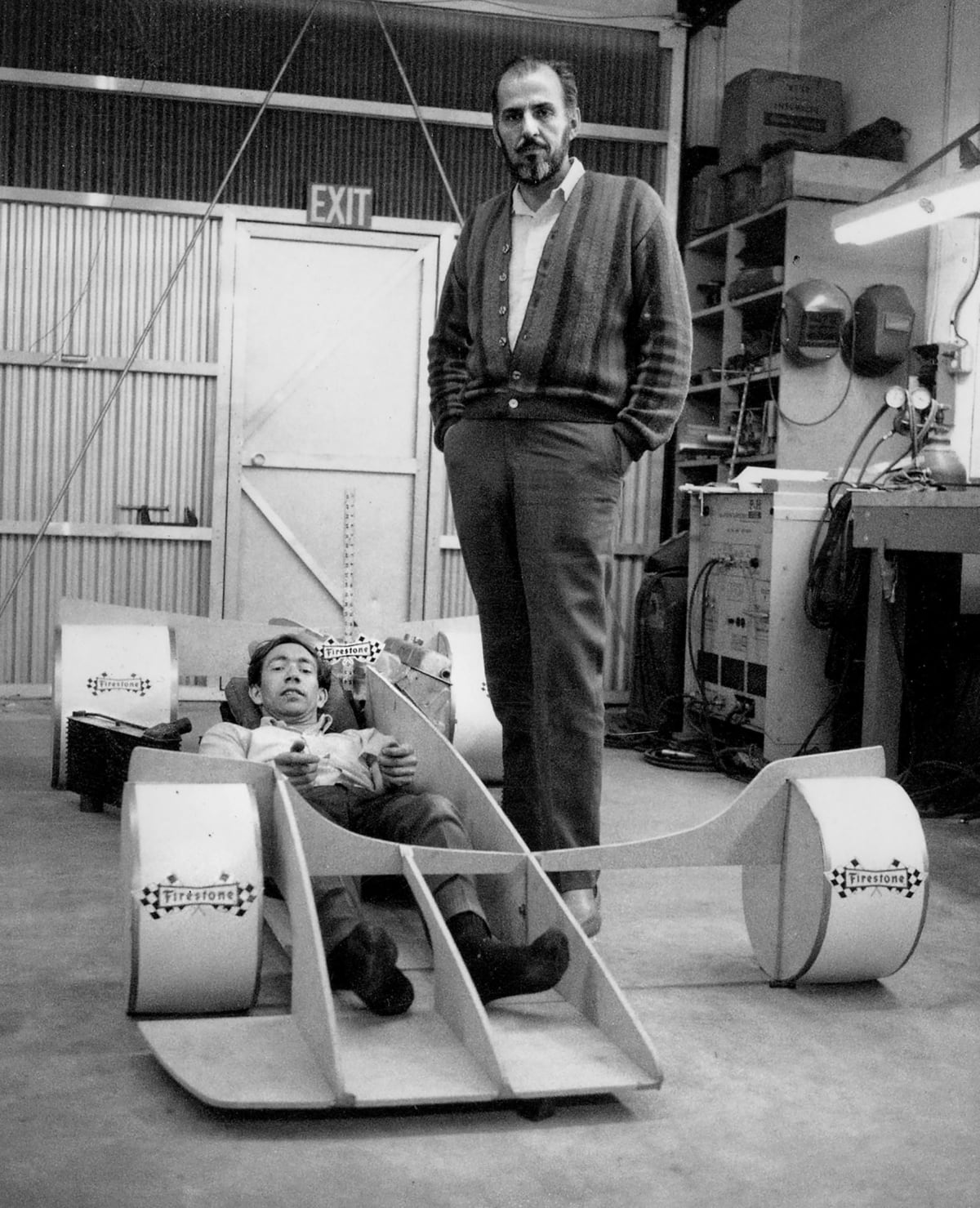
But then Lyons has always been about both the front and the back of racing.
His work in this book is the “Perma-Plaque it and hang it in the Hall of Fame” type of stuff that we wish every book about the sport could be like…
The “mystery” angle here is sort of fun of course, but the story, told in handy chronological order race-by-race with all of the details, conflicts, flashes of genius (and others), people, places, event results and (as one may have noted there are 600 illustrations in 464 pages) a wonderfully-curated selections of photographs that match and augment the cleanly-written text.
The story of Don Nichols begins with him heavily-armed and jumping out of a C-47 over occupied France on June 6th of 1945 as a prelude to participating in theBattle of the Bulge. It tunes him right for what was to come that he was a “Pathfinder” in the 101st Airborne … the guys who go in first and light the way for the rest. As one finds out early-on in “Shadow”, Nichols “jumped” into motorsports in the same fashion.
His post war exploits involved even more intrigue and are the very foundation of Lyons’ title. It appears that Nichols, who told Lyons that he had worked for: “… a government agency that didn’t have an address.” In Japan no less. Words like “CIA” float in and out of the frame with some … and the die is cast for the “mystery” part of the man.
The capsule version of Nichols’ transition from solider/spy to legendary racing car constructor sees him getting involved with motorsports in Japan, somehow making a bundle in that biz, and moving back to the ‘states at age 40 to make the rest of Lyon’s book so intriguingly personal and (seemingly, it is not of course) almost made-up.
Lyons’ tells the Shadowman’s story with the precision and detail that, in other hands, could be a sure cure for insomnia, here his narrative is clean and clear and follows a timeline that reminds how relentless motorsports has always been.
Nichols early idea, that of creating an unlimited horsepower Can-Am race with the smallest possible frontal area led to tremendous publicity and public interest, but with no success on the race track.
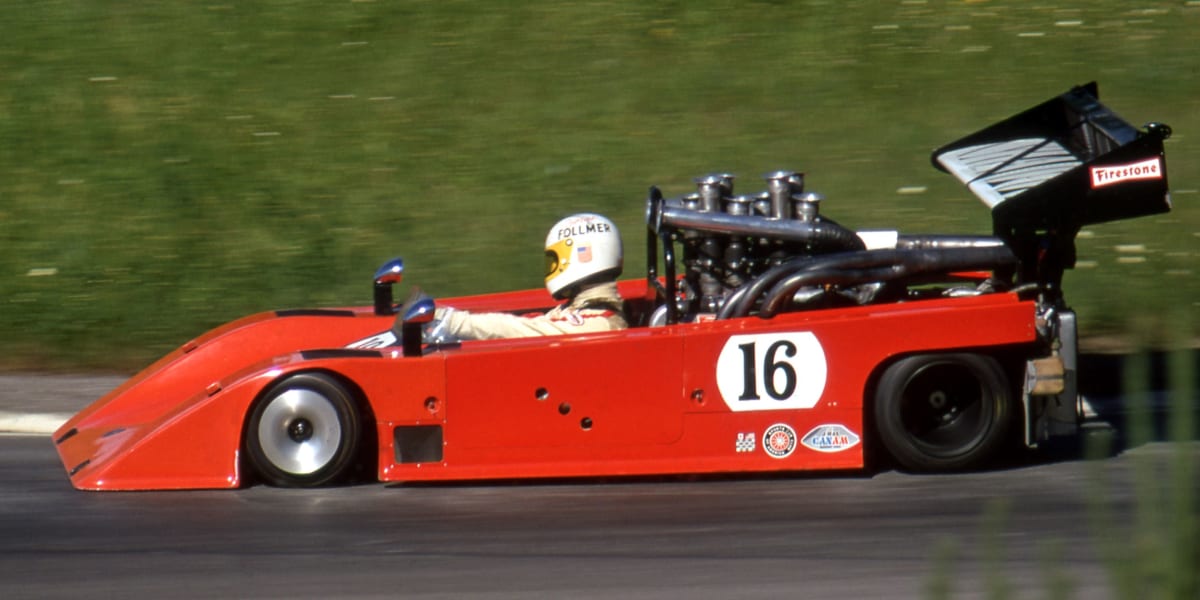
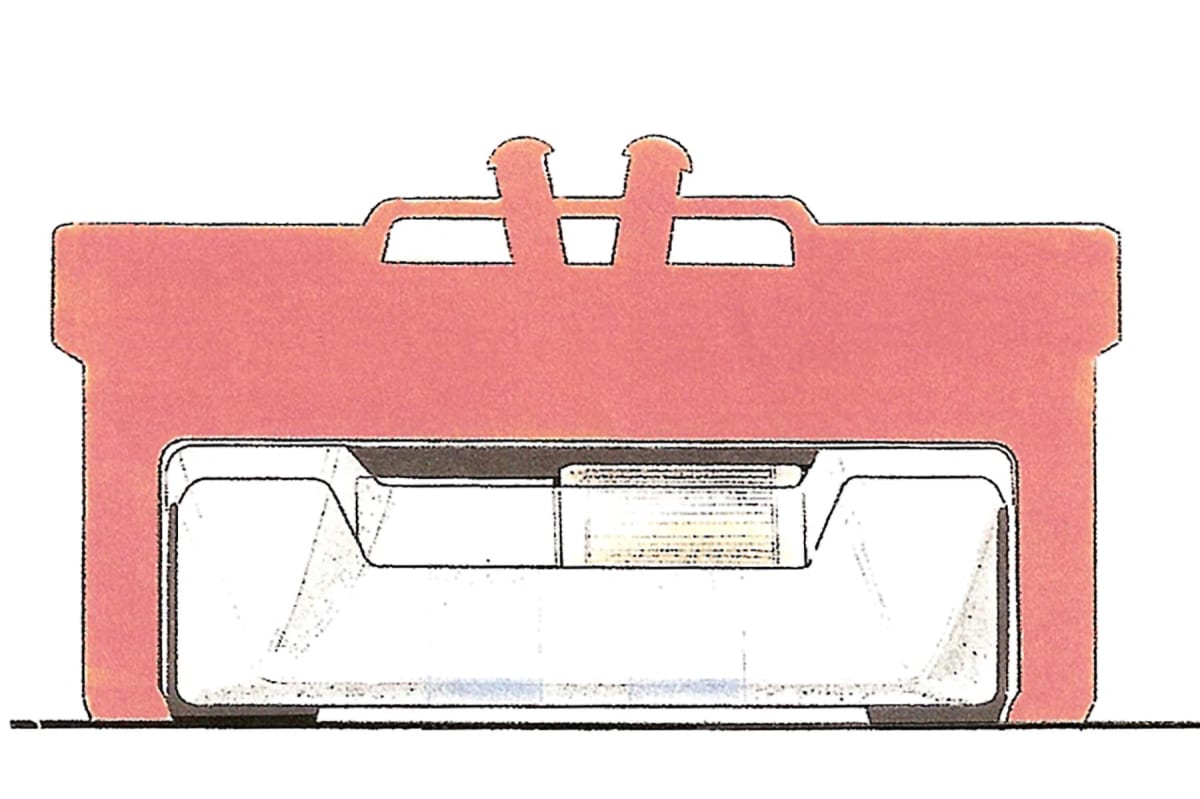
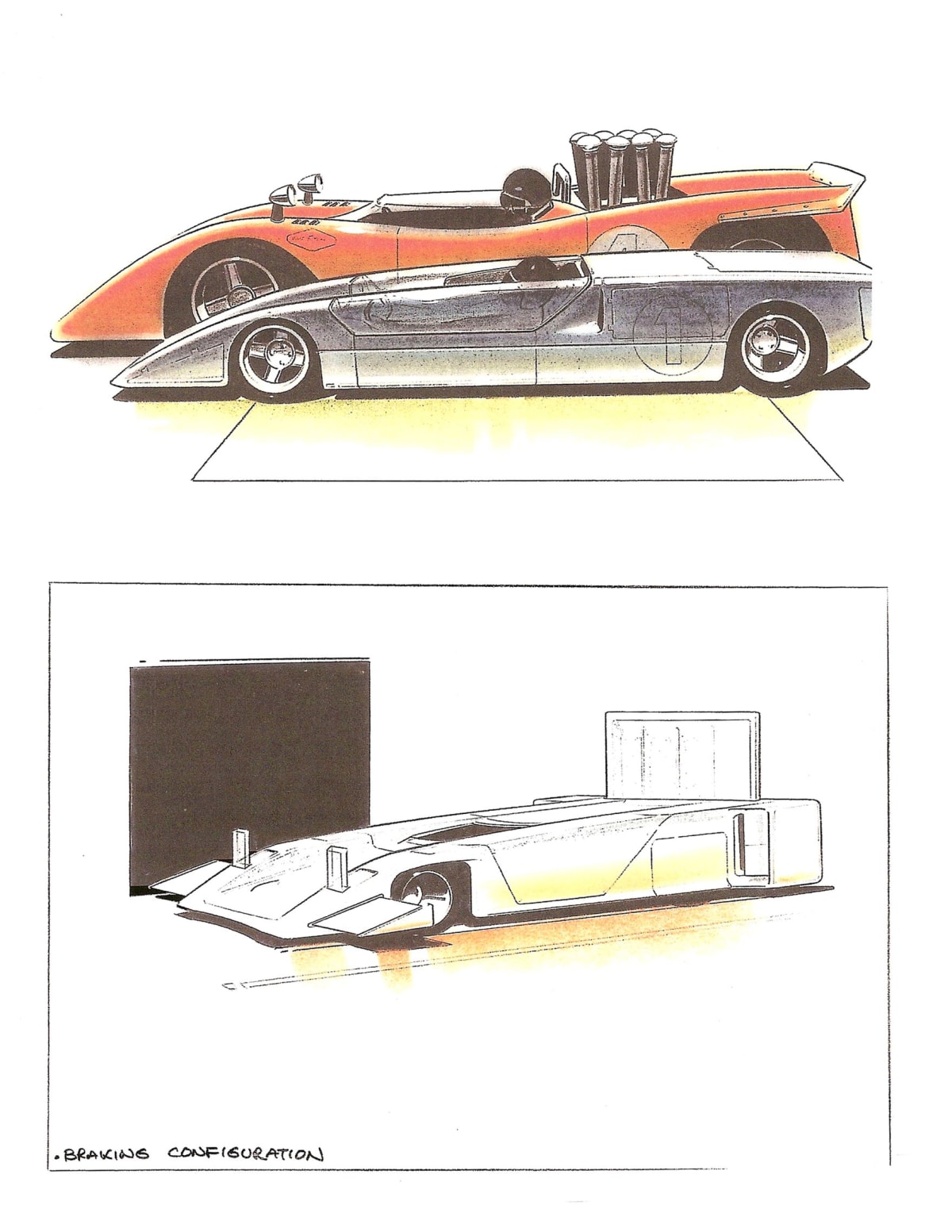
Not the first guy** to think that really small, really wide, little tires were a good way to reduce frontal area (and thus make the car faster of course). Physics interfered with the idea because all of the other components that make a race car work (including the driver) could not be as easily reconfigured. The driver sat like a Kart racer, which is good for Karts, but was a flat diabolical way to drive a 200 mile per hour racing car.
The overarching theme his is that there’s always the next race, the changes that are needed to be made before that race, working with personnel that was often akin to bailing water with a sieve, the budget that’s much the same, and finding some sort of balance in life. Our protagonist was proficient in some of the above, and not so good in others … and that’s where the drama flourishes in this one.
As for the layout and scope of this book … it simply startles with photos of stunning quality that aid, abet, illustrate, and fully justify the text. As one might well expect with a book about a racing car “brand” Lyons tells the story of every race that a Shadow racing car ever did, from Mosport in Canada on 14 July 1970 to 29 June 1980 at the French Grand Prix.
It was ten years of competition at the highest levels in CanAm and Formula One and allowing that it was “how one played the game” that really mattered is cold comfort for a record of potential steeled by circumstances.
(The roll call of that “decade” Shadow drivers is a truly amazing array of talent. It’s on file at the end of this report.)
Neither good guy or bad guy, his story here is a saga that’s gilded in technical details that dazzle the eye and quicken the pulse. Don Nichols understood both emotions well, they were his friends and allies. That’s why he borrowed the name of a favorite character from a very popular radio show that ran from 1937 until the mid ‘50s.
The “Shadow” was – according to Wikipedia – “...the secret identity of Lamont Cranston, who had the power to hypnotically cloud the minds of those near him to make himself invisible.” He was a bad guy now gone good … a cloaked crime fighter who worked in a scary (to the bad guys) stealth mode and who was almost as scary to his listeners with his maniacal laugh that came after his oft-mimed self-intro asking, "Who knows what evil lurks in the hearts of men?”.
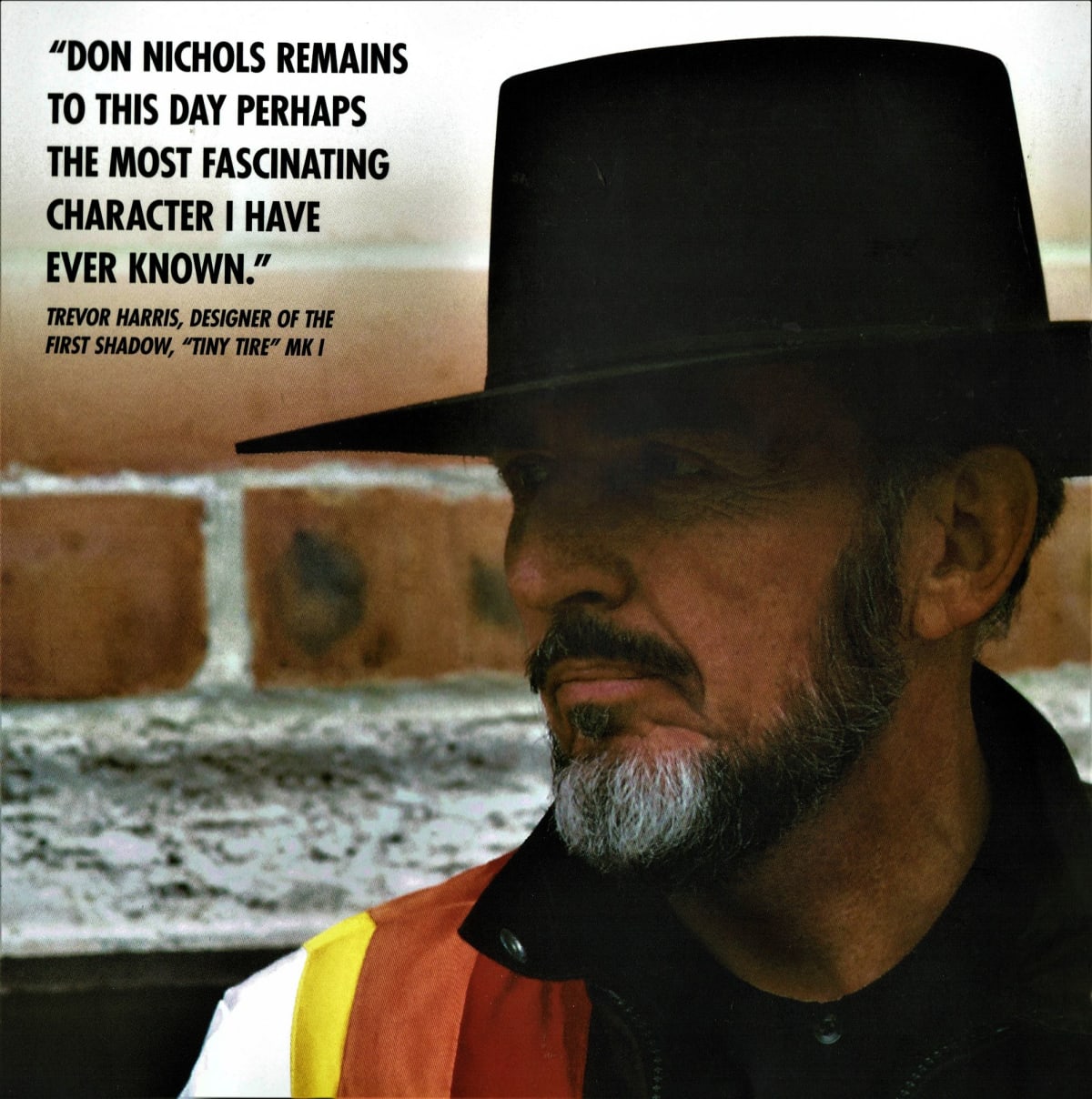
Like Cranston, it seems that whenever Nichols wanted to, all that could be seen of him was his shadow.
… And here’s sort of material that makes a book that’s ostensibly about a self-driven man who’s been cast as enigma, so damn worthwhile: there are three (very) personal codas at the end of this beautifully researched and written book.
One from race car designer Trevor Harris, one from Dennis Losher, an engineer and a Shadow historian/restorer, and one from the third and last child of his first marriage, Penny Nichols. For credentials, she was one of his eight children and the only one ever seriously involved with her father’s race team.
Nichols’ thoughtful remembrance of her father (who passed away in 2017) seems to speak for everyone above (and then some). This was one of those burners that we occasionally run across in life, as self-centered as all get-out, but still aching for approval.

“He had tunnel vision for what he wanted. Nothing around it mattered. He went where he wanted to go when he wanted to go there, his mind uncluttered by "mere mortal needs" as he said; I remember him joking about that. And I think that's what made him very good at what he did. I think it's a difference from men to women, we have to think more circularly.
I don't think the racing itself was so important to him. It was the mechanics of it, designing something that was beautiful and was the fastest and the best. I think that was all his brain was fixed on. It was about building that car or nothing, and I guess it takes that type of thinking to be able to get a project done. He truly loved what he did, loved it.
He had moments when he was a very tender, loving dad, but that was probably just when he couldn't be doing the other. He was stuck with us or whatever, you know! But what always was on his mind was the racing.”
And so … What can we conclude from Lyons’ well-written, intensely technical/intensely personal book about a character right out the night? Anything is possible once one sets their mind to it, perhaps? (That is, if your name is Don Nichols.)
But I’d submit that the better lesson here is just how well researched, written, and illustrated a complicated (convoluted, is a better word here) subject like this can be broached and a magically coherent tale told in the telling. -DS
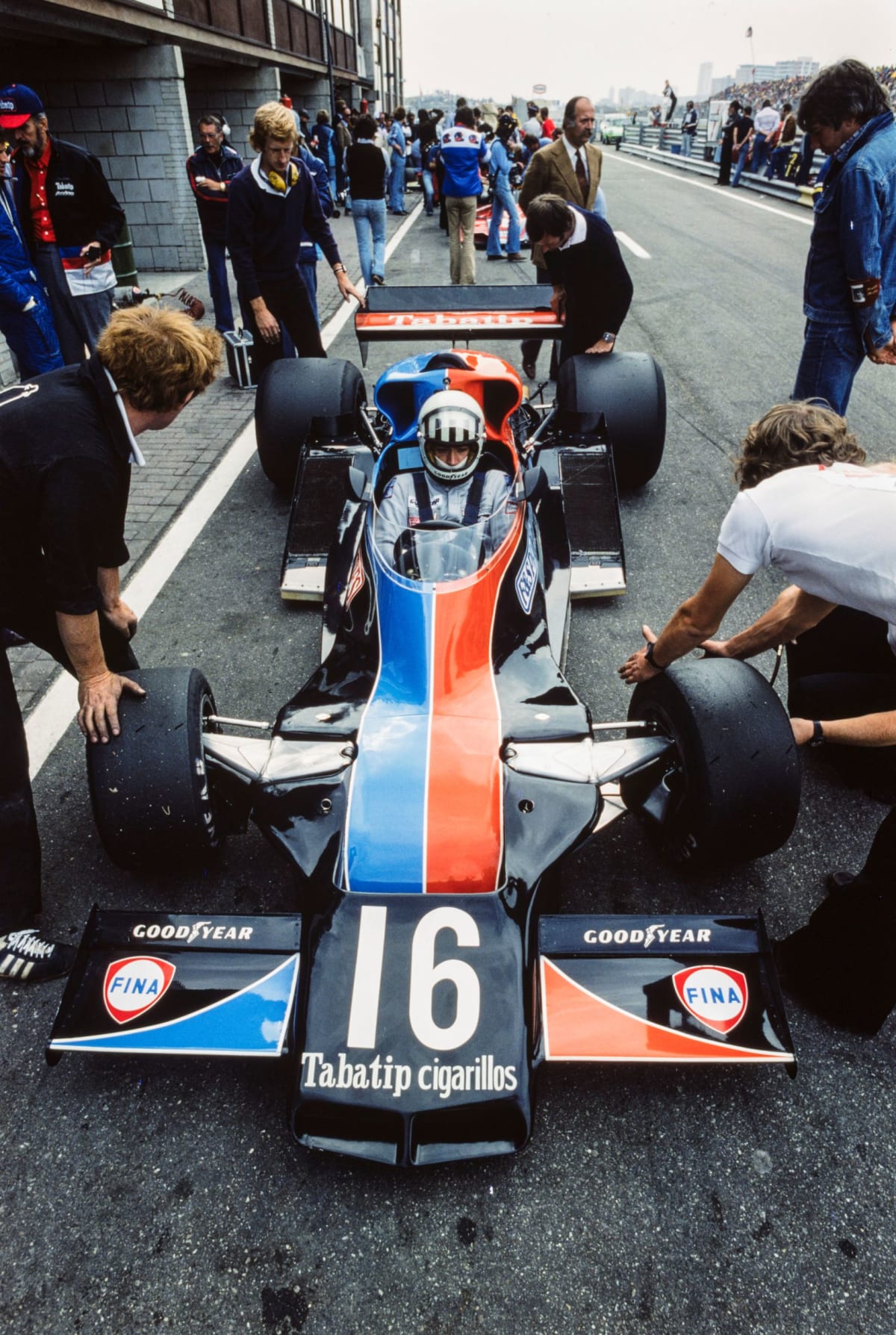
...One more thing. Books of this sort of serious historic purpose should always have a good index, this one does (an excellent one, in fact). And, for the even more concerned with the threads of history that an author has pulled on, there’s a talkative acknowledgment page that’s also a mark of the work. In it, author Lyons lists an impressive roster of people who helped him turn mystery into fact. A stalwart group all, and yet another mark of the quality and detail that Mister Lyon’s books have always featured.
*On October 29th the prestigious Royal Automobile Club of the UK named “Shadow” their 2020 Specialist Motorbook of the Year.
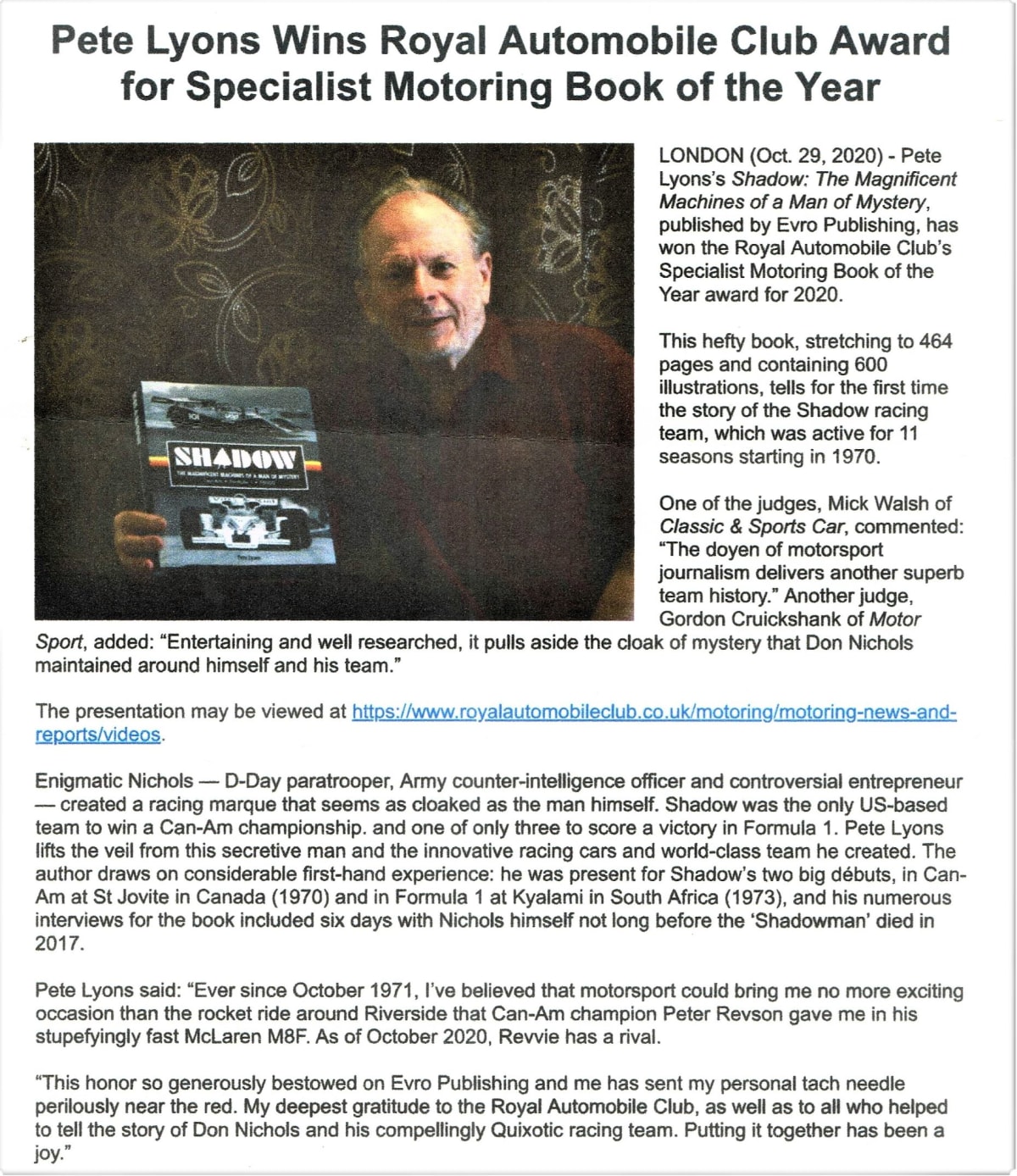
**I worked for the other guy, Mickey Thompson, from 1984 to ‘88. That was long after he brought his ground-hugging “pancake cars” equipped with tiny tires back to the Indy 500 in 1963. The cars were not successful, but Mickey has been given credit for starting the wide tire revolution in racing.
Shadow Drivers 1970-80
(here listed in rotation from first to final)
George Follmer
Jackie Oliver
Carlos Pace
Graham Hill
Brian Redman
Vic Elford
Peter Revson
Jean-Pierre Jarier
Bertil Roos
Tom Pryce
Jody Scheckter
Renzo Zorzi
Alan Jones
Ricardo Patrese
Clay Reggazoni
Hans-Joachim Stuck
Danny Ongais
Elio De Angelis
Jan Lammers
Beppe Gabbiani
David Kennedy
Stefan Johansson
Geoff Lees





